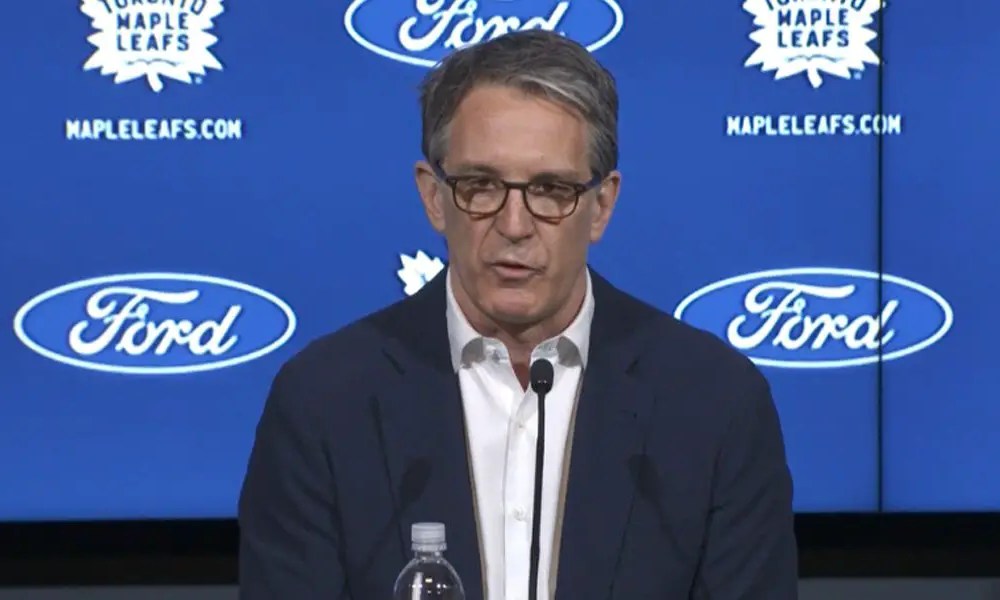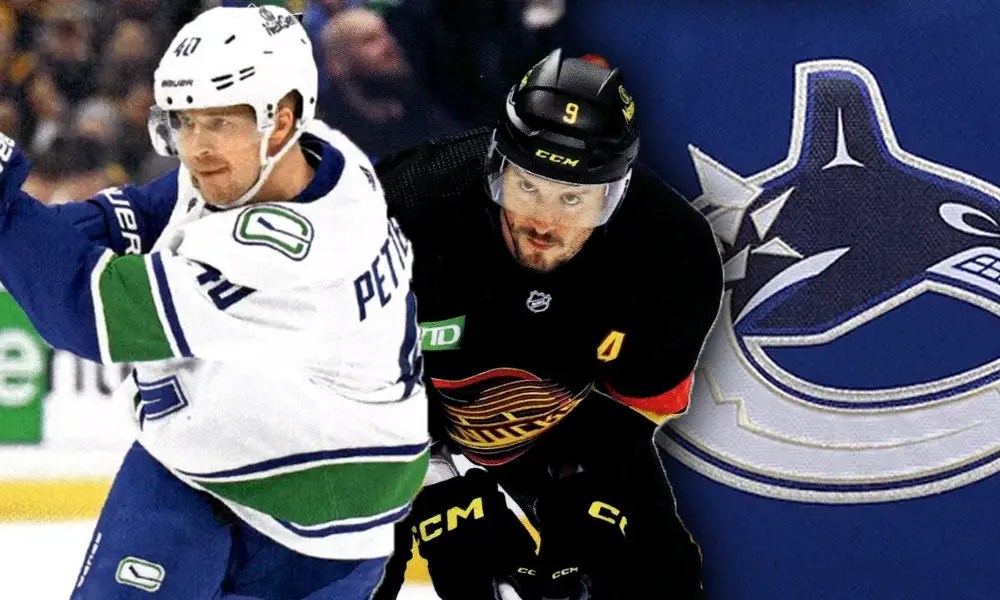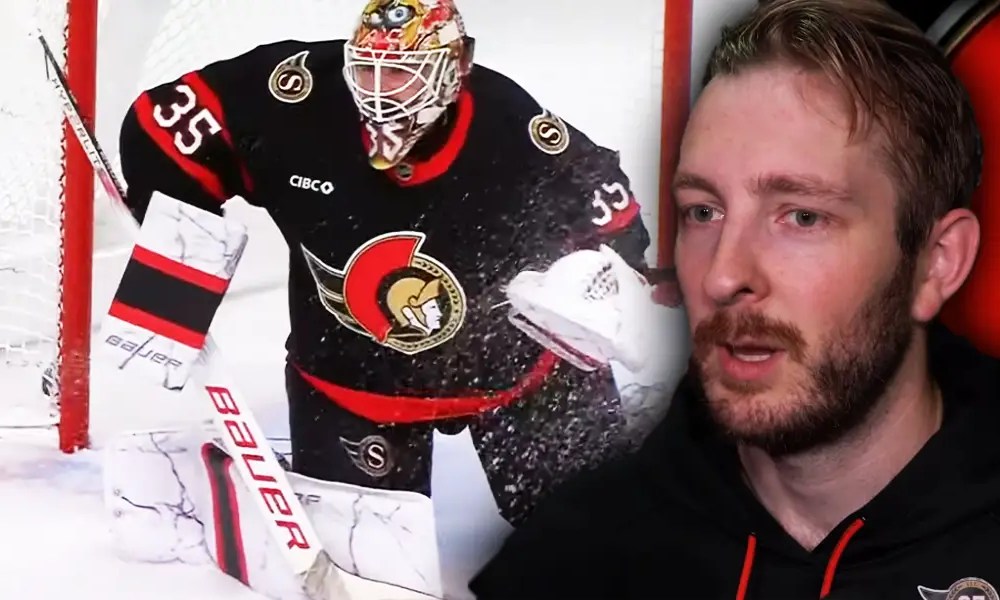[ad_1]
Amidst the final stages of the NHL season, with the Stanley Cup Final coming to a close, the Toronto Maple Leafs are planning several changes. Before the 2024-25 regular season, they must put together a roster by signing and re-signing players, filling in gaps the team needs, and answering several roster questions.
In short, the team finds itself at a pivotal juncture. While this happens every season, this offseason, the team will engage in a more transforming narrative. The team has a second-year general manager and a new coach. But it has an enduring and fundamental question: Is there something inherently flawed with a puck possession philosophy?
Maple Leafs President Brendan Shanahan Changed the Philosophy of the Team’s Game Play
Under the leadership of President Brendan Shanahan, the Maple Leafs invested heavily in a strategic vision centered around puck possession, famously known as the “Shanaplan.” This approach aimed at assembling a talented roster led by stars like Auston Matthews, Mitch Marner, John Tavares, and William Nylander. This group of elite offensive talent was designed to create a juggernaut of skills that kept the puck in the opponent’s defensive zone and overwhelmed them with high-level offense.

If the opposition does not have the puck, they can’t score. The philosophy yielded commendable regular-season performances. However, the team’s postseason struggles regularly cast doubt over its efficacy.
The Maple Leafs’ postseason shortcomings have fueled a debate about the wisdom of prioritizing puck possession in today’s NHL. While maintaining control of the puck remains vital, shifts in defensive systems, goaltending strategies, and offensive tactics have reshaped the game’s dynamics. Advanced analytics, emphasizing shot quality over quantity, have challenged traditional notions of puck possession dominance.
Has the Game Evolved Since Shanahan Took Over the Maple Leafs?
Additionally, the evolution of player skillsets has enabled teams to generate scoring opportunities through myriad means beyond prolonged possession. That leaves the question of how best to design a team’s system to complete favorably in both the NHL regular season and postseason. Under Shanahan, the regular season has been good; the postseason has not.
Given all their leadership changes, the Maple Leafs must confront the most significant question: Can the team—as constructed—reach the hoped-for peaks of success? Given their playoff woes, Shanahan’s design comes under scrutiny—and, with his design, his tenure in the team’s leadership.
The biggest question the Maple Leafs must face in 2024-25 is whether this team can shape-shift enough to prosper. The talent is there to win, but can this talent push the team over the top? Can head coach Craig Berube be the missing link? If not, they what?
If the Maple Leafs Fail Again, What Next?
What if the team suffers yet again from regular-season success and postseason failure? Then, the conversation must land on the viability of utilizing a puck possession model. It prompts a critical reassessment of offensive and defensive philosophies, urging teams to adapt to the ever-evolving NHL landscape.
While the foundational principles of puck possession endure, success in today’s league demands agility, innovation, and a willingness to embrace change. As the Maple Leafs work through their unique uncertainties, their quest for a winning formula continues.
This season will be a key. Can the team, with its changes, find an answer to its perpetual pursuit of excellence in hockey’s postseason play?
[ad_2]



